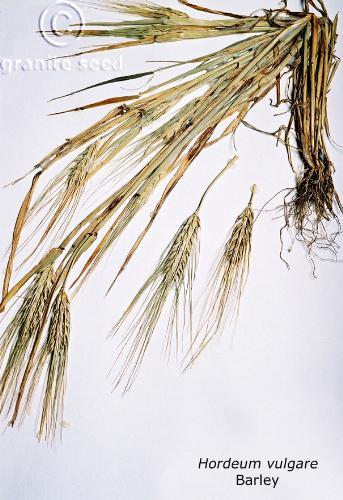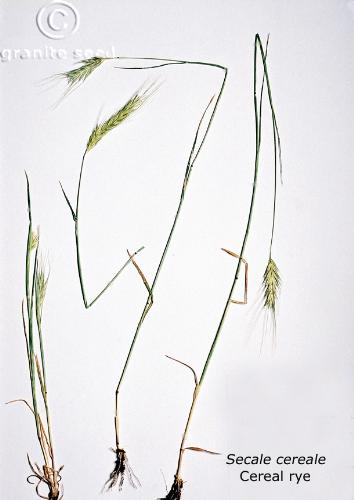Rehabilitation, restoration, and rejuvenation — even soil needs a little “R’n’R” (with an extra dose of “R,” evidently).
Enter, cover crops.
What are cover crops? They’re some of the hardest-working varieties of seeds and plants you’ll grow, and you absolutely need to grow them.
Why?
Because cover crops protect your soil from exposure while restoring its fertility and productivity.
Here’s the deal:
With very little basic care required for these plants to thrive, cover crops are sort of like a blanket for your soil — if a blanket could do everything from suppressing weeds to re-building productive soil and controlling pests and diseases.
From farmers and large-scale agricultural growers to domestic hobbyists with a decidedly green thumb, cover crops are widely used for soil and land cultivation.
Besides being low-maintenance, cover crops can:
In other words, they’re a crucial component to soil health, nutrient restoration, and future yield.
But to get a better grasp on the definition of cover crops, you’ve got to understand how and when to use them.
When you plant cover crops, they prepare the soil for a refreshed growing season. The typical goal is to naturally add large amounts of nitrogen and organic matter, eliminating the need for chemical fertilizers.
But since they typically grow in harsher conditions, cover crops have to be hearty and low-maintenance, and different types vary by season and region.
In the United States alone, there are more than 22 varieties of summer and winter cover crops that farmers and growers rely on, but there are five overarching cover crops that see the most use:
But how do they decide which crop to use at what time?
The only true difference between winter cover crops and summer cover crops are the time that they get planted and their ability to survive in cold weather. Some cover crops are “heartier” than others and can tolerate the winter frost or continue growing in colder climates.
For instance, Steve Diver of ATTRA – the National Sustainable Agriculture Service – claims that cereal rye cover crops are “very cold-tolerant.” This makes them perfect late-season plantings.
Other winter cover crops include:
And during the summer, you can see cover crops like:
You can always plant a mix of cover crops, such as mixing cover crop radish with cereal grains like oat or rye. This builds soil structure and retains residue cover over winter.
But cover crops aren’t as easy as they might sound. You can’t just plant them and completely leave them be.
With that in mind, let’s look at a few pro-tips that will help you keep your soil healthy.
A Few General Pro-Tips to Growing Cover Crops Successfully
First of all, when you plant cover crops, one of the most essential elements you need to consider is your “kill date.”
Yes, there is a time to kill your cover crops.
Once cover crops have grown to a certain point, they’ve done their duty. They’ve restored and rejuvenated the soil – so it’s best to “kill” cover crops at the flowering point, or when seed heads visibly emerge on the grains.
But timing is essential. For instance, this graph shows just how much difference waiting a month to kill your cover crops can make in dry matter particles:

It’s also important to consider how you kill your cover crops.
Sometimes, farmers will use herbicides to kill the winter cover crop if they’re engaging in conservation tillage and they don’t want it competing with the summer crop.
Generally speaking, though, if it’s not winterkill that gets the crop, growers will need to cut at the base of the plant or mow cover crops down.
This is a “no-till” cover crop technique, where the vegetative cover simply dries up on the ground for around 30 days. After this, growers will wait up to three weeks before planting veggies or flowers.
Here are a few lesser-known pro-tips to growing cover crops successfully, as well as choosing the right crops for the land’s need, based on growing and soil goals:
Beyond domestic gardens and agricultural lands, soil erosion also robs wildlands of their natural fertility and productivity. These “wildlands” are often home to several ecosystems that rely on wild vegetation to survive.
A rapid way to restore the soil in these situations is through sterile cover crops.
For instance, sterile cover crops like Super Sugar Sterile (part of the Sorghum genus) are commonly used to help restore the soil since they don’t persist beyond the year you plant them.
It’s a convenient solution to areas where constant cultivation isn’t possible or even necessary.
Every cover crop seed has a profile, characteristics, and strengths. While growers and farmers can consider any of these robust species, they want to make sure to choose varieties that are suitable for their regions and climates.
For 30 years and counting, Granite Seed has relied on cover crops to provide smart and strategic solutions to erosion control and soil productivity restoration.
That’s why Granite Seed offers a range of cover crops, each with distinct advantages.
Learn more about our selection of cover crops by browsing through below.








































Contact us our experts are available to help with your reclamation, erosion control, turf and native seed projects.
CONTACT US